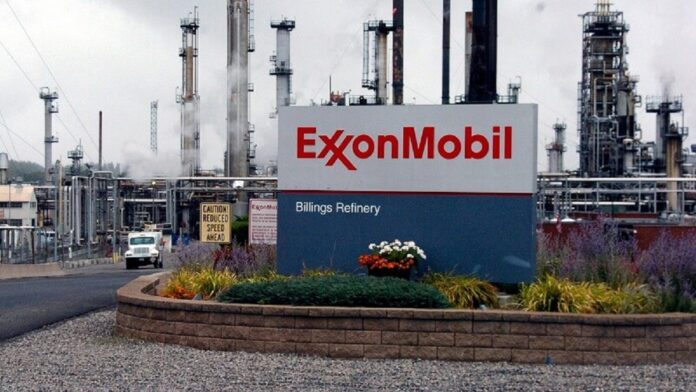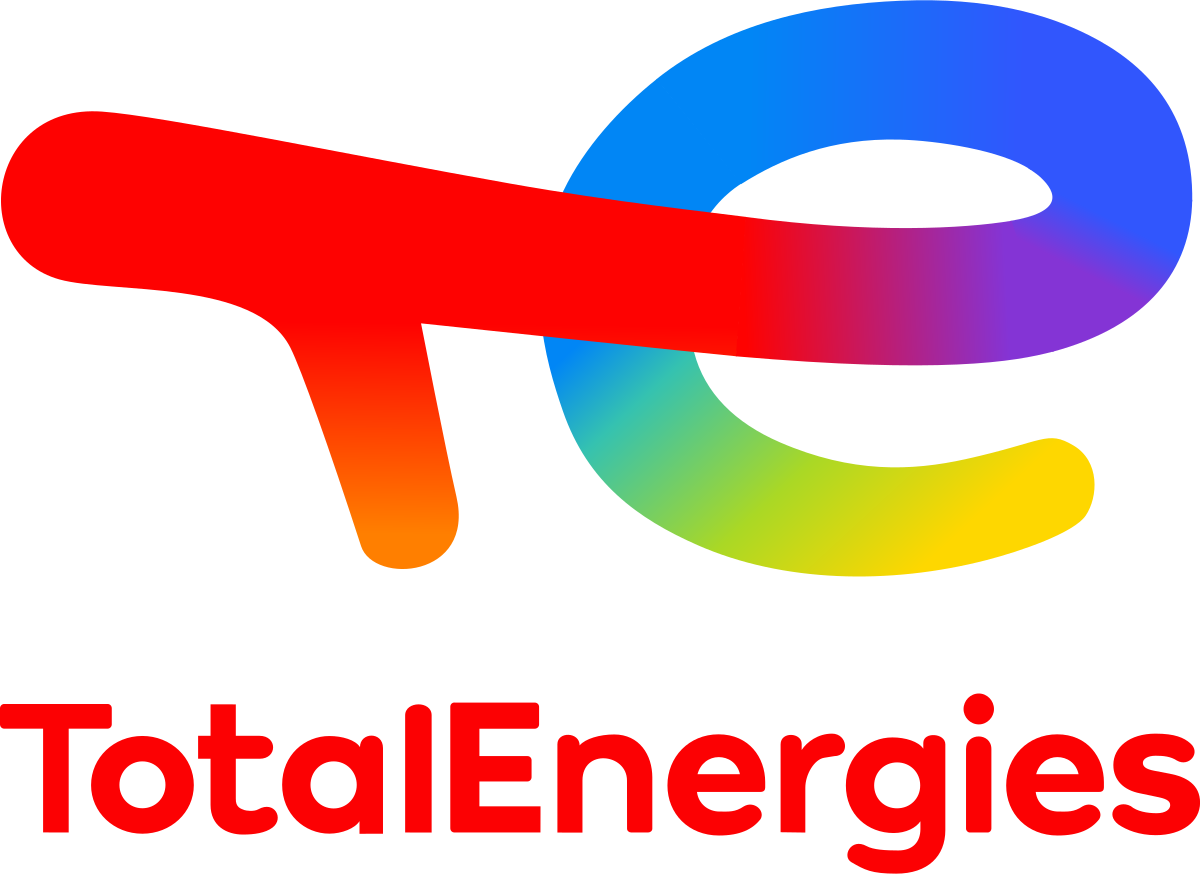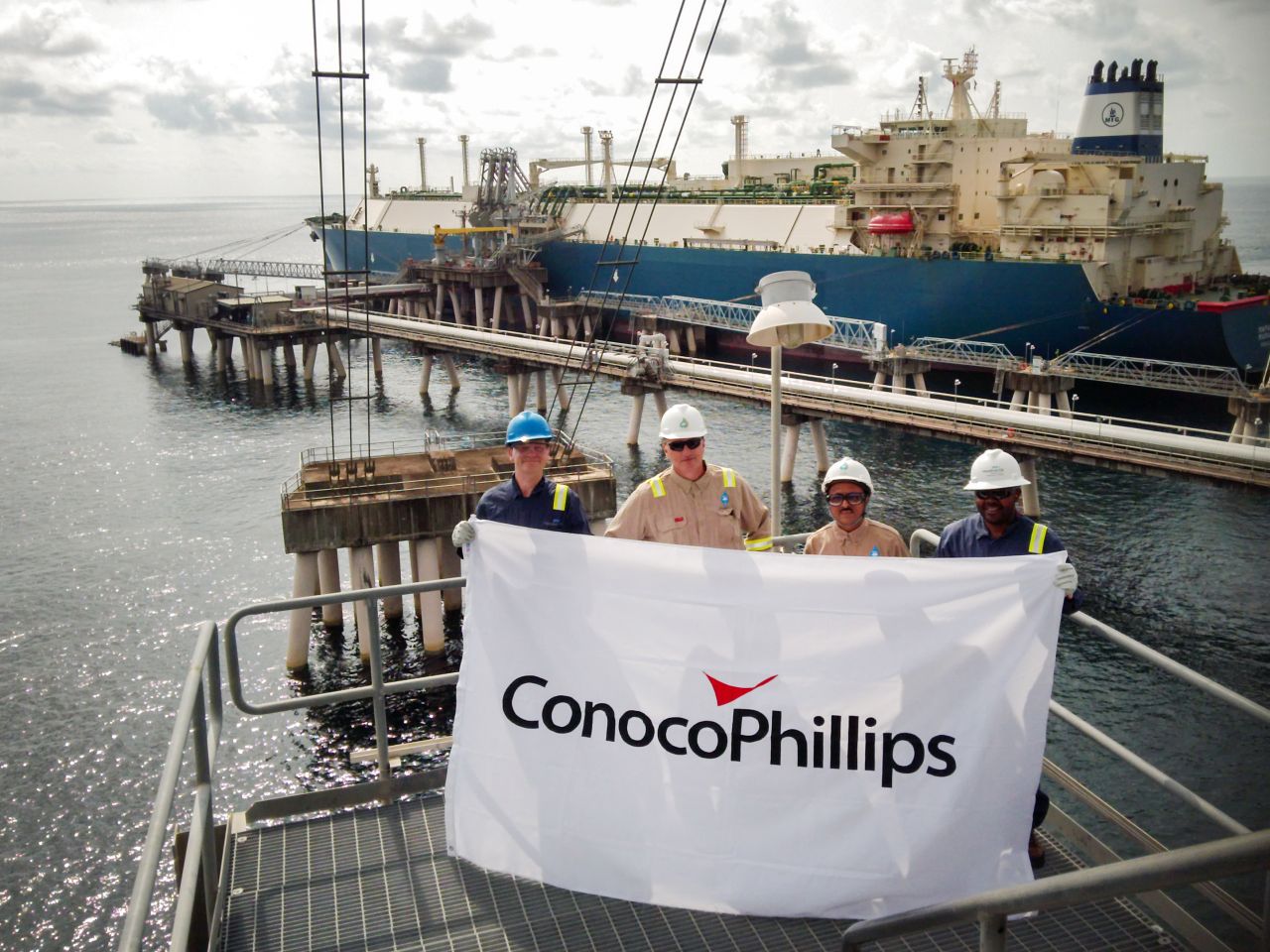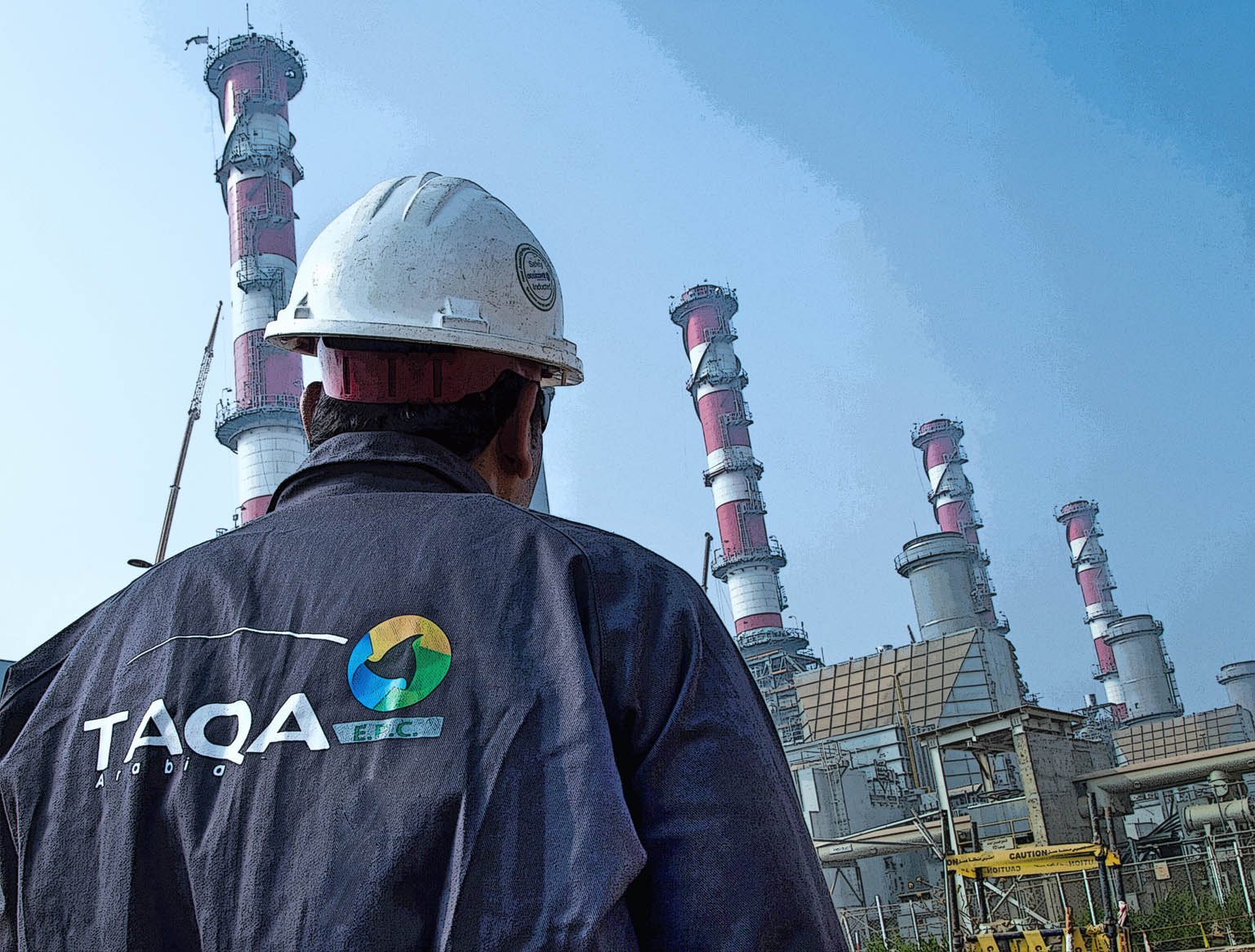Top 10 Biggest Oil Companies in the World 2025
By ICON TEAM | Published on Aug 01, 2025
Despite the growing trend toward renewable energy, the oil and gas sector continues to be a vital component of the global economy, driving industry, transportation, and energy systems. Because of their enormous reserves, production capabilities, and calculated investments in both fossil fuels and cutting-edge energy technology, the biggest oil firms remain in control in 2025. According to market capitalization, these corporations have a major impact on geopolitical dynamics, economic stability, and global energy markets. Based on their market capitalization, operational size, and energy-related contributions, the top 10 largest oil corporations in the world in 2025 are examined in detail below.
List Of Top 10 Biggest Oil Companies in the World 2025:
1. Saudi Aramco:

With its headquarters in Dhahran, Saudi Arabia, and a market valuation of between $1.57 and 1.8 trillion in 2025, Saudi Aramco is the largest oil business in the world. With approximately 250 billion barrels of proven crude oil reserves, Aramco is a state-owned company that produces more than 11.5 million barrels per day (bpd), or almost 10% of the world's oil supply. Its activities, which include exploration, production, refining, and distribution, have a big impact on the price of oil in the Middle East. With $29.4 billion raised from its largest-ever initial public offering (IPO) in 2019, Aramco cemented its financial dominance. In addition to oil, the company is growing its gas output; projects like Jafurah are predicted to produce 3.15 billion cubic feet per day by 2028. It also oversees the Master Gas System, the largest single-hydrogen network in the world. Despite a 15.4% year-over-year drop in market capitalization, Aramco's efficiency and technology investments guarantee its leadership.
2. ExxonMobil:

Second place goes to ExxonMobil, a company situated in Irving, Texas, whose market value as of December 2024 was between $474.71 and $493.62 billion. With aspirations to reach 5.4 million barrels of oil equivalent per day (BOE/d) by 2030, ExxonMobil, the largest publicly traded oil firm, set a record net output of 4.3 million BOE/d in 2024. The Permian Basin, Guyana, and LNG projects in Asia-Pacific, Australia, and West Africa are the main areas of operation. By 2025, the company hopes to capture 6.7 million tons of CO2 annually, making it a leader in carbon capture as well. ExxonMobil's strong financial position is demonstrated by its $33.7 billion in 2024 earnings. Its dedication to sustainability in addition to conventional oil and gas operations is demonstrated by innovations such as the 100% hydrogen-fueled steam cracker at its Baytown Olefins Plant, which cut CO2 emissions by 90%.
3. Chevron:
With a market valuation of $279.44–311.81 billion, Chevron, which has its headquarters in San Ramon, California, comes in third. With significant holdings in the Permian Basin, Kazakhstan, and the Gulf of Mexico, Chevron is a significant player in both upstream and downstream oil production, operating in more than 180 countries. With a 10% rise in the Permian Basin and more than 1 million BOE/d from Kazakhstan's Tengiz field, the business expects 6–8% output growth in 2025. Chevron's diverse portfolio, which includes natural gas in the Eastern Mediterranean and LNG in Australia, helped the company's 2024 earnings reach $17.6 billion. Although its primary sources of income are still oil and gas, Chevron is making investments in renewable fuels with the goal of reaching 100,000 barrels per day by 2030, which reflects its strategic move toward sustainability.
4. Shell:
London, England-based Shell, with a market valuation of $207.94–220 billion, is in fourth place. Shell, a global leader in oil, gas, and LNG, employs 103,000 people across more than 70 countries and processes up to 24.3 billion cubic feet of natural gas per day. With additional projects anticipated to generate 500,000 BOE/d by 2025, its oil production in 2023 was 2.5 million barrels per day. Shell's upstream portfolio is strengthened by the 2025 acquisition of a greater part in Nigeria's Bonga field, and its LNG business is extremely profitable. To achieve net-zero emissions by 2050 while sustaining strong fossil fuel operations, the business is also investing $10–15 billion in low-carbon solutions like hydrogen, electric vehicle charging, and biofuels between 2023 and 2025.
5. PetroChina:

With a market valuation of $196.17–233 billion, PetroChina, a division of China National Petroleum Corporation, comes in fifth place. With its main office in Beijing, it is the biggest producer of gas and oil in China, specializing in natural gas, crude oil, and refining across Asia, Africa, and the Middle East. With a goal of 50 billion cubic meters by 2025, PetroChina produced 2.5 million barrels per day and 4.9 trillion cubic feet of natural gas in 2023. In order to achieve net-zero emissions by 2050, the corporation is making significant investments in technical R&D and renewable energy, even though its debt-to-equity ratio is 20%. With 13 refinery locations and a significant presence in downstream operations, PetroChina plays a crucial role in China's energy security, despite the difficulties caused by fluctuating oil prices.
6. Total Energy:

Sixth place goes to Paris, France-based TotalEnergies, which has a market valuation of $133.19–139.20 billion. The business aims to increase oil and gas output by 3% annually by 2030 and sell 50 million tons of LNG annually while striking a balance between traditional oil production and large investments in solar, wind, and biofuels. With a 4% intraday stock surge in Q2 2025 after solid earnings, its 2025 output is supported by strong LNG sales. With operations in more than 130 nations, TotalEnergies is a pioneer in Europe's energy transition, lowering dependency on oil while preserving a consistent output of fossil fuels. Investors navigating the energy transition find it appealing because to its diverse portfolio and solid dividend narrative.
7. ConocoPhillips:

With a market valuation of $100.12 billion, Houston, Texas-based ConocoPhillips comes in at number seven. It is an independent exploration and production business that operates in 13 countries and specializes in LNG, natural gas, and crude oil. The Permian Basin and international LNG projects contributed significantly to its 2024 production. In the first quarter of 2025, CEO Ryan Lance highlighted the company's competitive portfolio and prudent capital allocation, which guarantee high returns for shareholders. In order to meet sustainable development goals and continue its core oil and gas business, ConocoPhillips is also investing in low-carbon technologies including carbon capture and clean hydrogen. Its market position is improved by its quick response to LNG trends.
8. TAQA:

With a market valuation of $95.82–100.72 billion, the Abu Dhabi National Energy Company (TAQA), headquartered in Abu Dhabi, United Arab Emirates, comes in at number eight. As part of its 2030 plan, TAQA, a government-owned energy holding firm, has investments in Egypt and Mauritania and focuses on producing electricity, desalinating water, and producing oil and gas. Its success in the first quarter of 2025 demonstrated the growth strategy's advancement and the tenacity of its main utilities business. With its many business ventures, which include mining and renewable energy, TAQA is a major force in the Middle East's energy market, striking a balance between conventional energy and environmentally friendly projects.
9. Southern Company:
With a $99.30 billion market valuation, Atlanta, Georgia-based Southern Company, which specializes in electric utilities, takes ninth place. Its substantial natural gas throughput of 822 billion cubic feet in 2025 merits its inclusion even if it is not a conventional oil business. The company's use of natural gas to supplement its power generation makes it a vital player in the U.S. energy market. Southern Company is well-positioned to meet domestic demand, which is expected to drive an increase in U.S. natural gas output to 105.2 billion cubic feet per day in 2025, according to the U.S. Energy Information Administration. Its emphasis on energy dependability contributes to its expanding impact.
10. CNOOC:

With a market valuation of $116.16 billion, Beijing-based China National Offshore Oil Corporation (CNOOC) completes the top 10. With major projects both domestically and outside, CNOOC is China's largest offshore producer of gas and crude oil, concentrating on exploration, development, and production. It streamlined its portfolio in 2024 by selling U.S. assets to INEOS. In order to increase reserves and production in 2024, CNOOC Chairman Wang Dongjin stressed resilience by managing macroeconomic uncertainty. Its financial stability and growth possibilities in the global energy market are enhanced by its smart divestitures and dominance in offshore activities.
Comments 0